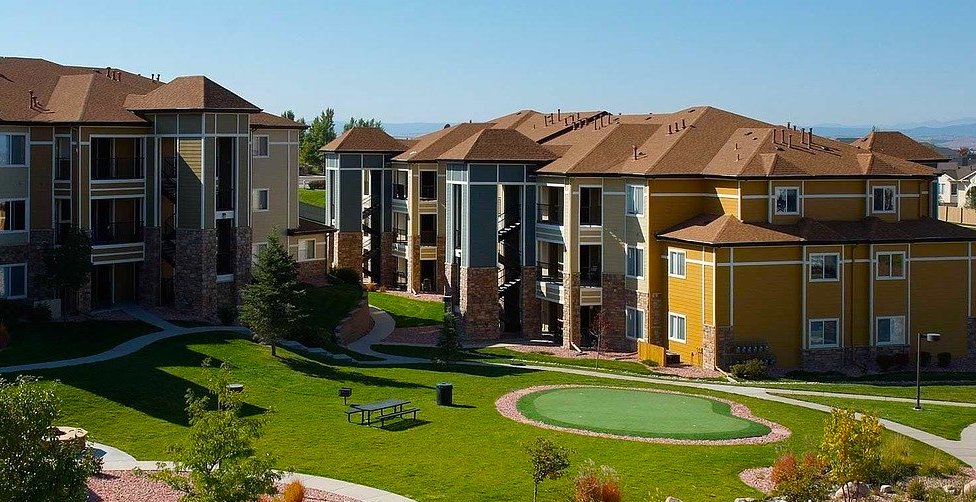Let me begin by saying, on behalf of all of us at Multifamily Design+Construction and our parent company, SGC Horizon, that I wish you and your family, friends, and coworkers well amid the turmoil of this terrible pandemic.
Turning to more mundane matters, multifamily seems to be one sector in the construction industry that’s holding its own. The AIA’s Architectural Billing Index for August showed multifamily at a three-month rolling index of 47.5—not great (a score above 50 indicates positive growth), but well above mixed-practice (44.0), institutional (39.5), and commercial/industrial (35.4). AIA Chief Economist Kermit Baker, PhD, Hon. AIA, ventured so far as to say that multifamily “came close to seeing billings growth for July” (the last month measured).
Some positives for multifamily housing
Baker’s opinion was confirmed by Brad Hunter, former Managing Director at RCLCO (now Principal at Hunter Housing Economics), in a segment (https://bit.ly/3lVZ1QM) of “The Weekly” (horizontv.bdcnetwork.com), our new streaming service (Thursdays, 1pm Eastern).
Citing RCLCO’s Mid-Year 2020 Sentiment Survey, Hunter said most analysts believed multifamily rental and active-adult housing had “already hit bottom,” although independent living and assisted living/memory care were “still in full downturn mode.”
In speaking to many multifamily architects and contractors over the summer I came away with the feeling that, while their businesses had suffered a huge hit in March, April, and early May, conditions had started to brighten in late May and June—not gangbusters, to be sure, but steady improvement that continued into the Labor Day weekend.
Student housing in turmoil
I interviewed Mitch Dalton, Chief Director of Design at Core Spaces, in early July for “The Weekly” (https://bit.ly/3i6zzFB) about his company’s survey of 2,500 of its tenants—students who live in Core Spaces’ off-campus housing. Ninety percent said they wanted to come back to campus. Most (73%) said they would return to their off-campus apartments even if their institutions offered only online instruction. Most (60%) said they were dissatisfied with remote learning. Even so, four in five (80%) said they would rather study remotely in their college apartments than at home.
A month after my chat with Dalton, many of the nation’s more than 4,000 colleges and universities were still struggling with whether to open for in-person instruction, go fully remote, or try some sort of hybrid scheme. Most eventually went 100% online, but some, notably the University of North Carolina at Chapel Hill, opened up the campus, only to have to shut down a week later when clusters of Tar Heels started testing positive for the virus. What a mess. Let’s hope for a proven vaccine soon. Meanwhile, please keep safe, wear your mask (and PPE on the job site), wash your hands, and maintain a safe distance.
Related Stories
| Oct 13, 2010
Apartment complex will offer affordable green housing
Urban Housing Communities, KTGY Group, and the City of Big Bear Lake (Calif.) Improvement Agency are collaborating on The Crossings at Big Bear Lake, the first apartment complex in the city to offer residents affordable, eco-friendly homes. KTGY designed 28 two-bedroom, two-story townhomes and 14 three-bedroom, single-story flats, averaging 1,100 sf each.
| Oct 13, 2010
Residences bring students, faculty together in the Middle East
A new residence complex is in design for United Arab Emirates University in Al Ain, UAE, near Abu Dhabi. Plans for the 120-acre mixed-use development include 710 clustered townhomes and apartments for students and faculty and common areas for community activities.
| Oct 13, 2010
Community center under way in NYC seeks LEED Platinum
A curving, 550-foot-long glass arcade dubbed the “Wall of Light” is the standout architectural and sustainable feature of the Battery Park City Community Center, a 60,000-sf complex located in a two-tower residential Lower Manhattan complex. Hanrahan Meyers Architects designed the glass arcade to act as a passive energy system, bringing natural light into all interior spaces.
| Oct 12, 2010
The Watch Factory, Waltham, Mass.
27th Annual Reconstruction Awards — Gold Award. When the Boston Watch Company opened its factory in 1854 on the banks of the Charles River in Waltham, Mass., the area was far enough away from the dust, dirt, and grime of Boston to safely assemble delicate watch parts.
| Sep 13, 2010
Richmond living/learning complex targets LEED Silver
The 162,000-sf living/learning complex includes a residence hall with 122 units for 459 students with a study center on the ground level and communal and study spaces on each of the residential levels. The project is targeting LEED Silver.
| Sep 13, 2010
Committed to the Core
How a forward-looking city government, a growth-minded university, a developer with vision, and a determined Building Team are breathing life into downtown Phoenix.
| Aug 11, 2010
Brown Craig Turner opens senior living studio
Baltimore-based architecture and design firm Brown Craig Turner has significantly expanded its housing design capabilities and expertise with the launch of its new senior living studio.
| Aug 11, 2010
CTBUH changes height criteria; Burj Dubai height increases, others decrease
The Council on Tall Buildings and Urban Habitat (CTBUH)—the international body that arbitrates on tall building height and determines the title of “The World’s Tallest Building”—has announced a change to its height criteria, as a reflection of recent developments with several super-tall buildings.
| Aug 11, 2010
Morphosis builds 'floating' house for Brad Pitt's Make It Right New Orleans foundation
Morphosis Architects, under the direction of renowned architect and UCLA professor Thom Mayne, has completed the first floating house permitted in the U.S. for Brad Pitt’s Make It Right Foundation in New Orleans.The FLOAT House is a new model for flood-safe, affordable, and sustainable housing that is designed to float securely with rising water levels.













